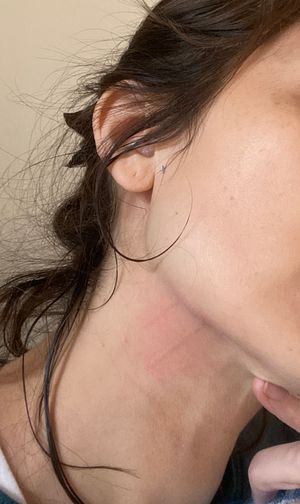The art of "Golden Joinery" has many different paths from the traditional and complex to the most simple.

1. The traditional method
The Traditional method of Kintsugi uses sumac lacquer, flour and water as it's main binding agent. From start to finish this process can take a few months as you have to wait two weeks in between each step for the lacquer to cure.
The sumac lacquer needs a specific humidity, temperature and time to cure so many Kintsugi makers in Japan will only work in the Summer months.
The sumac lacquer is also quite hazardous as it's a cousin to poison ivy and many of us are allergic to it. It's best handled with gloves. I accidentally transferred some on to my neck from my glove recently when I was practicing traditional Kintsugi. It was a little bit scary to feel the itch and see these lines form on my neck but I managed to address this quickly enough.

2. The quick fix
The most basic "quick fix" approach to Kintsugi is one that uses epoxy and mica powder.
This process is the cheapest and fastest way to repair a broken ceramic, however it will not be food safe.
3. The Modern "Cashew lacquer" approach
The type of Kintsugi I teach is a Modern form of Kintsugi using cashew lacquer instead of traditional lacquer made from Sumac.
It is mid-level between learning the traditional technique and the Quick fix method.The whole process takes two days instead of three months and most of the process can be done in our 3 hour workshop.
It's a method I learned from Kintsugi Master Kunio Nakamura who developed this technique in Japan to make Kintsugi more accessible and easy and safe enough for children to take part in.
In the kits that I use for Kintsugi experience workshops I use bronze powder and cashew lacquer. Both are non-toxic coatings so I continue to use the cups and plates that I mend.
In the three hours we spend together much of that time will be spent waiting for things to dry or cure, we will have plenty of time to chat and get to know each other. It's a time to allow yourself to slow down and reflect.
Important things to consider is to not use the finished ceramic in the microwave as there is now metal in your finished piece.